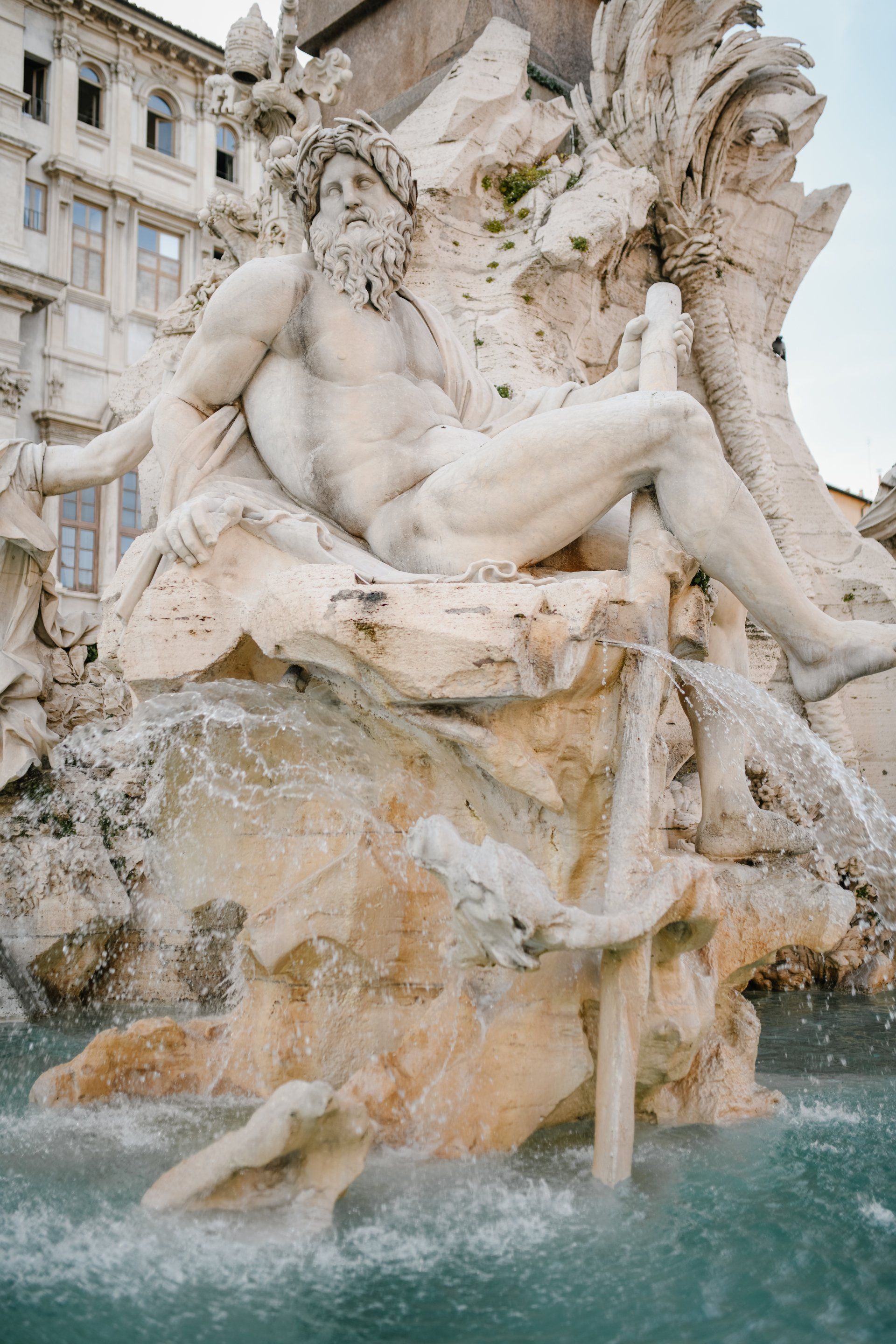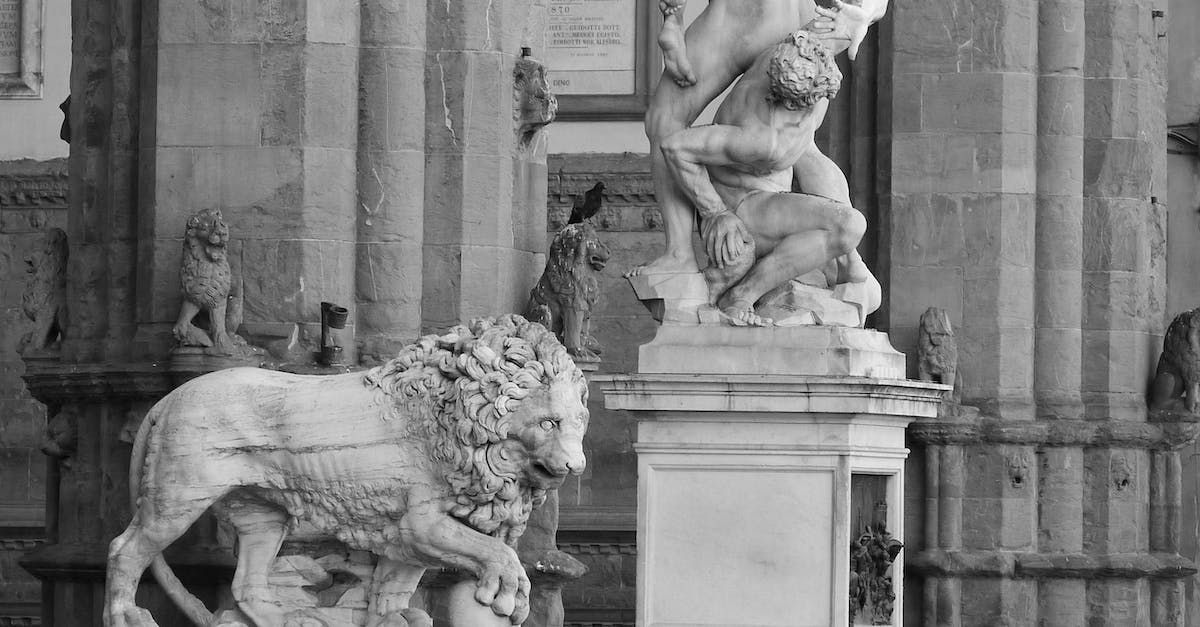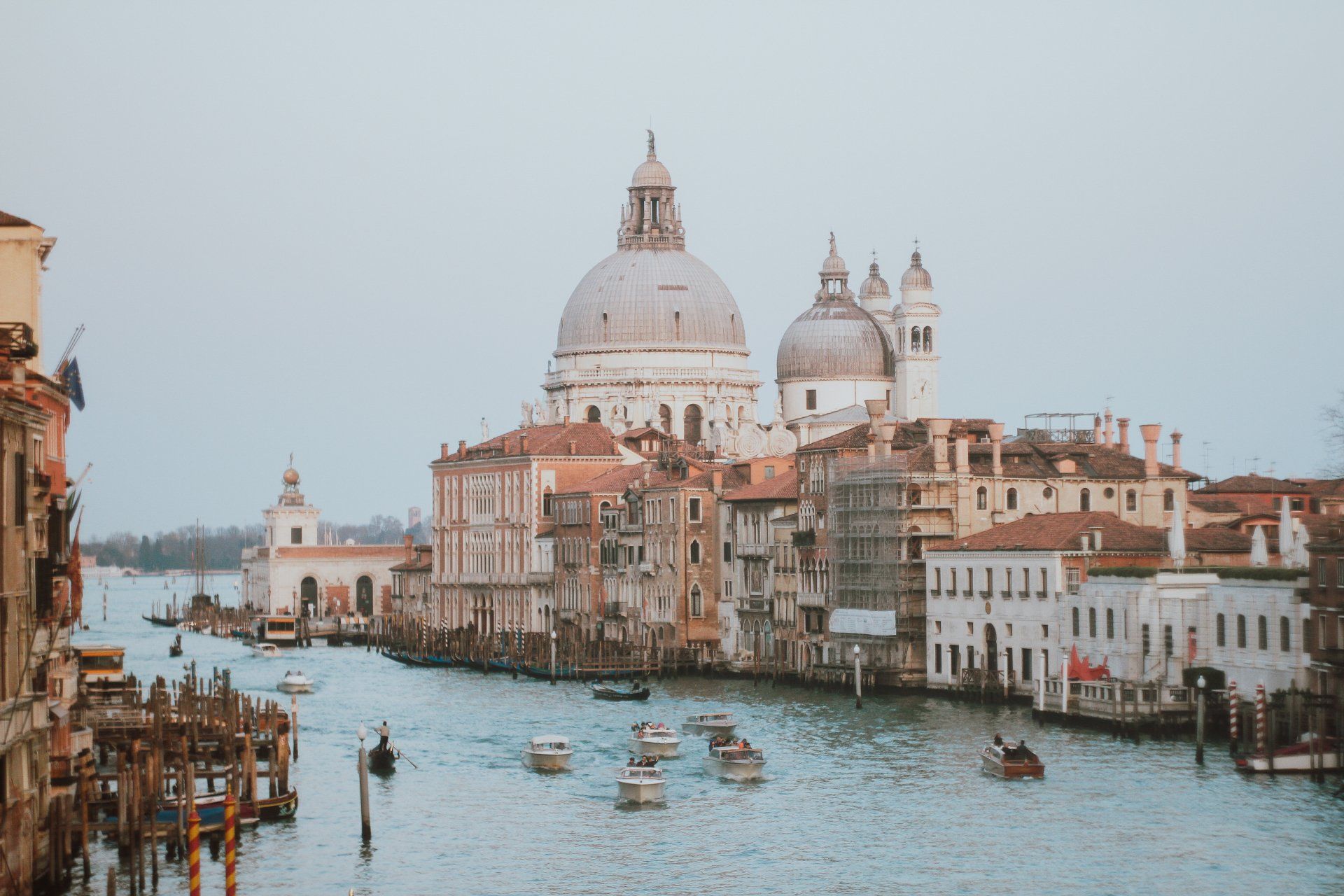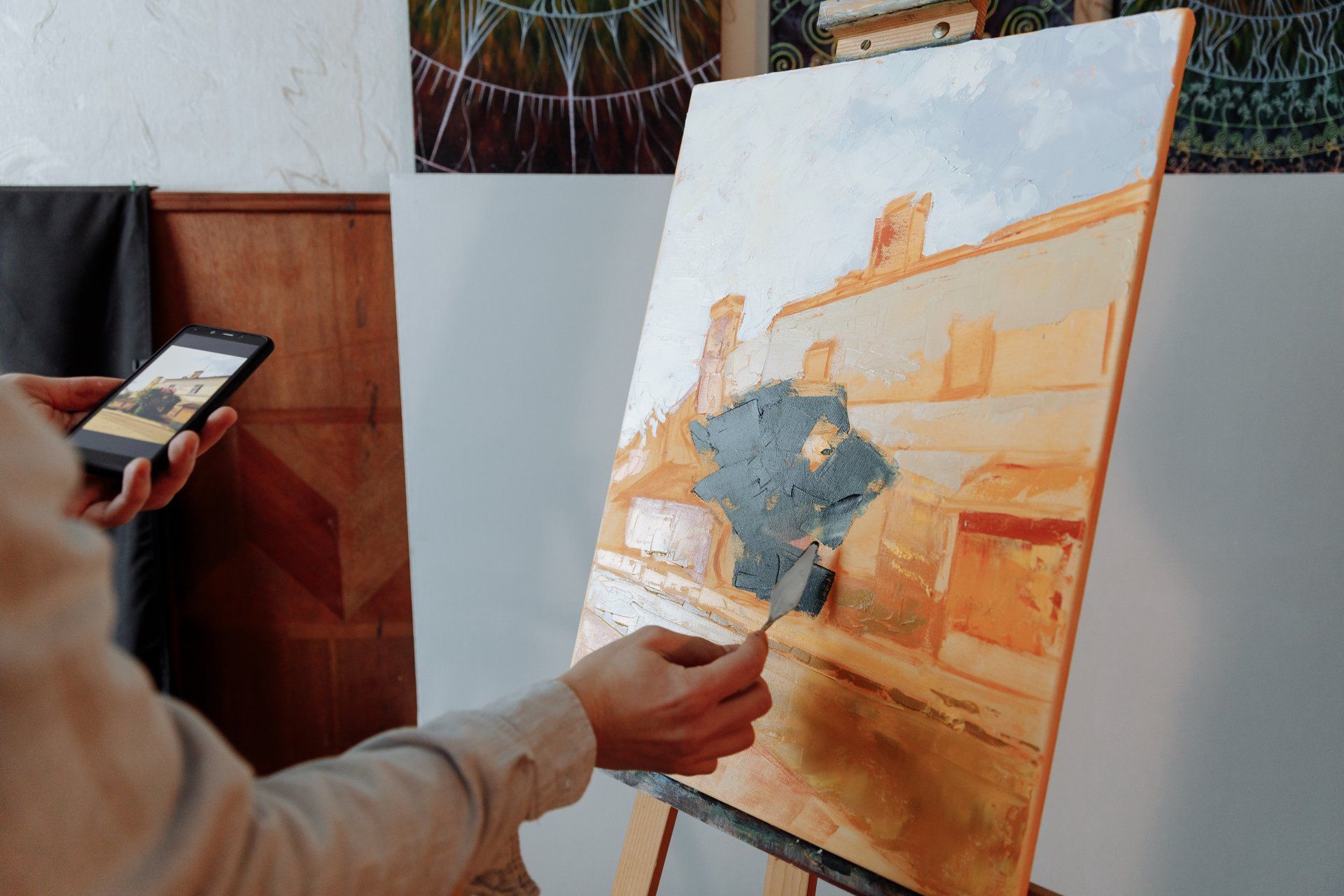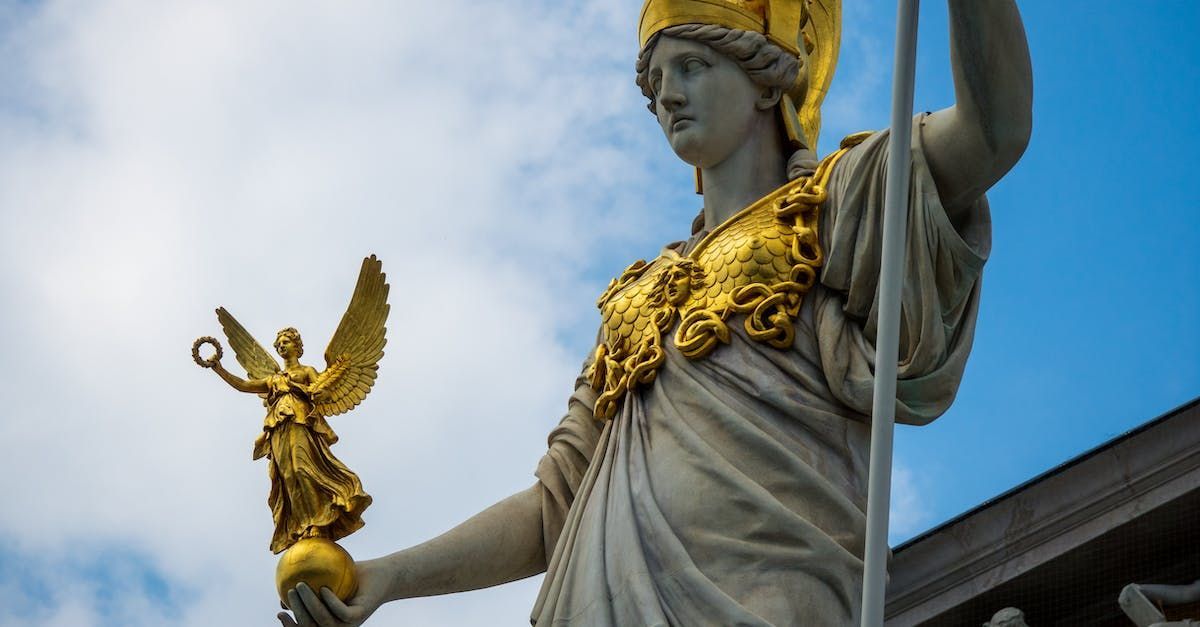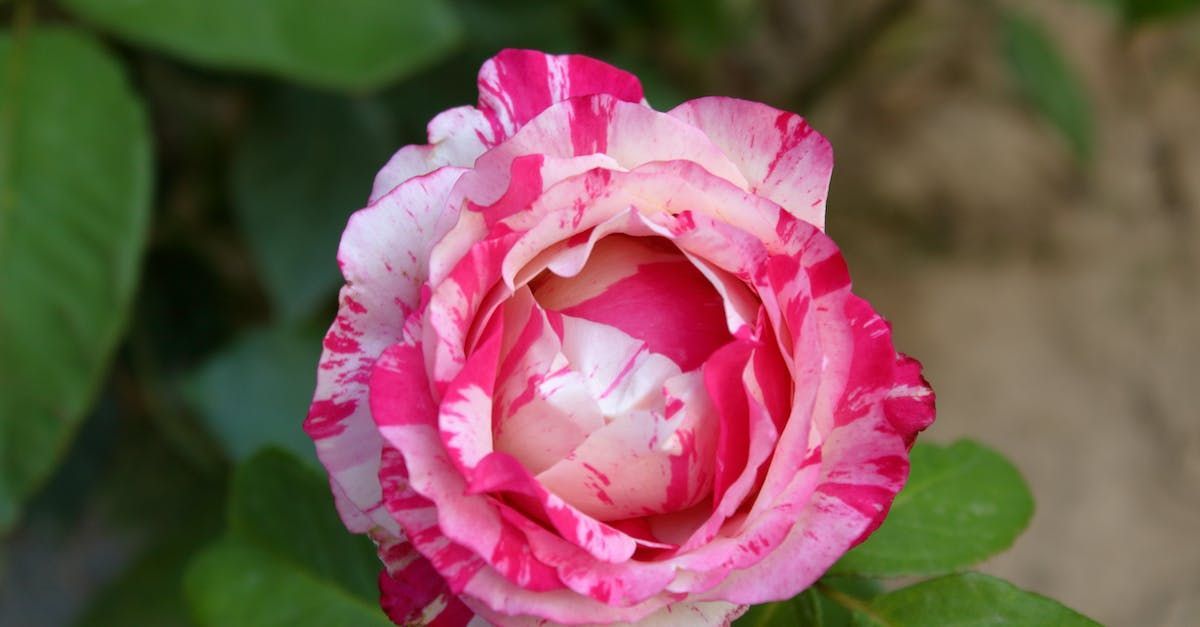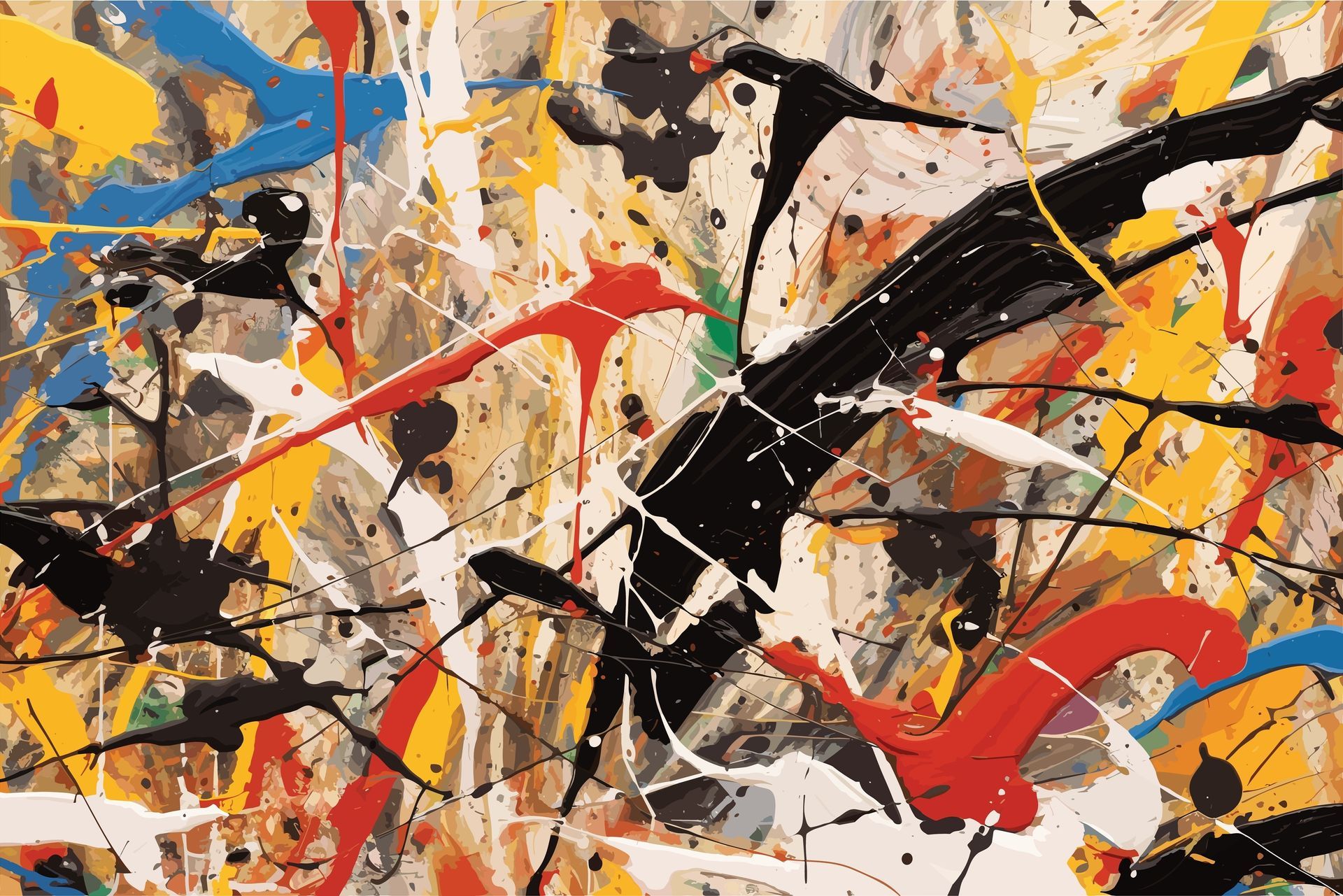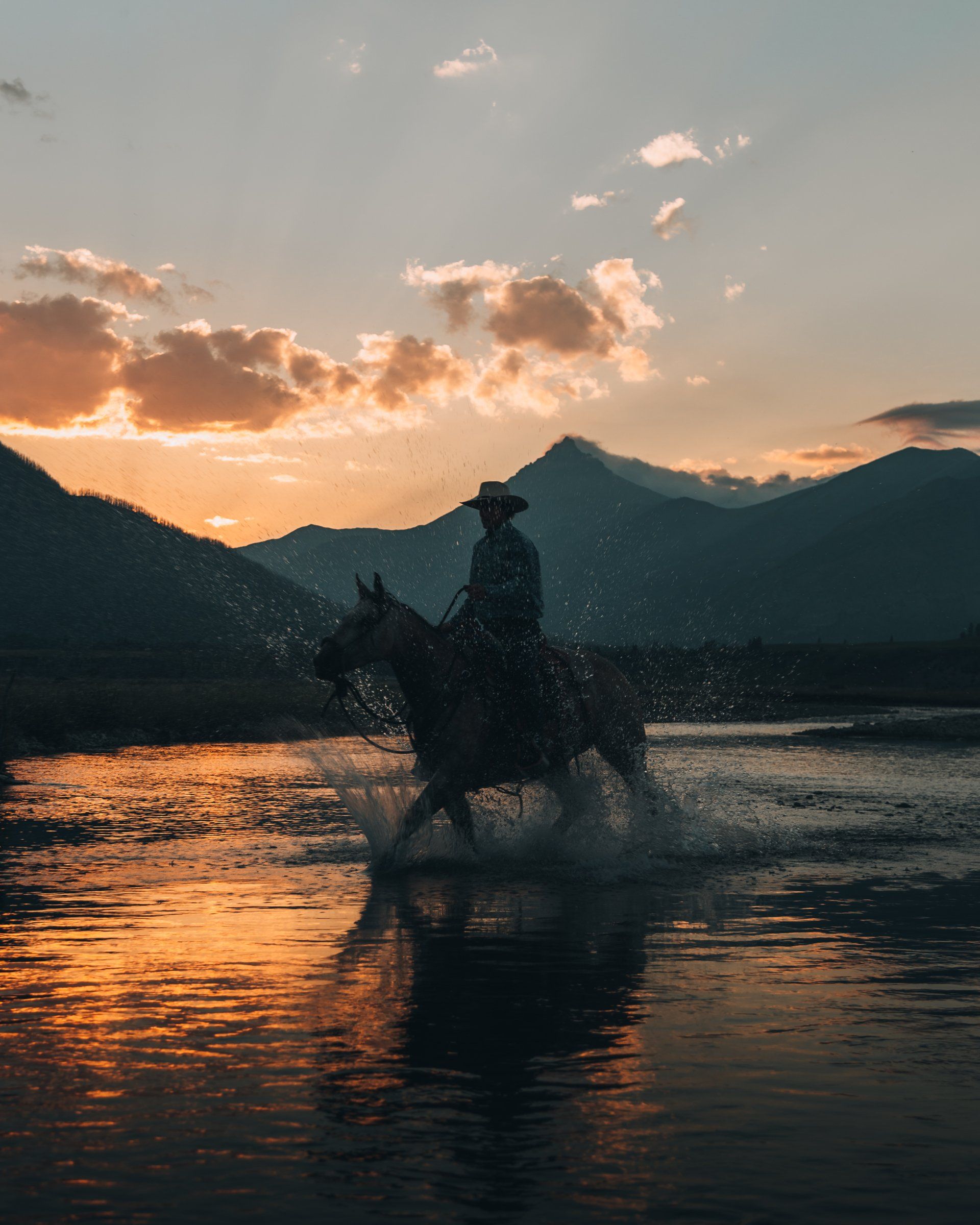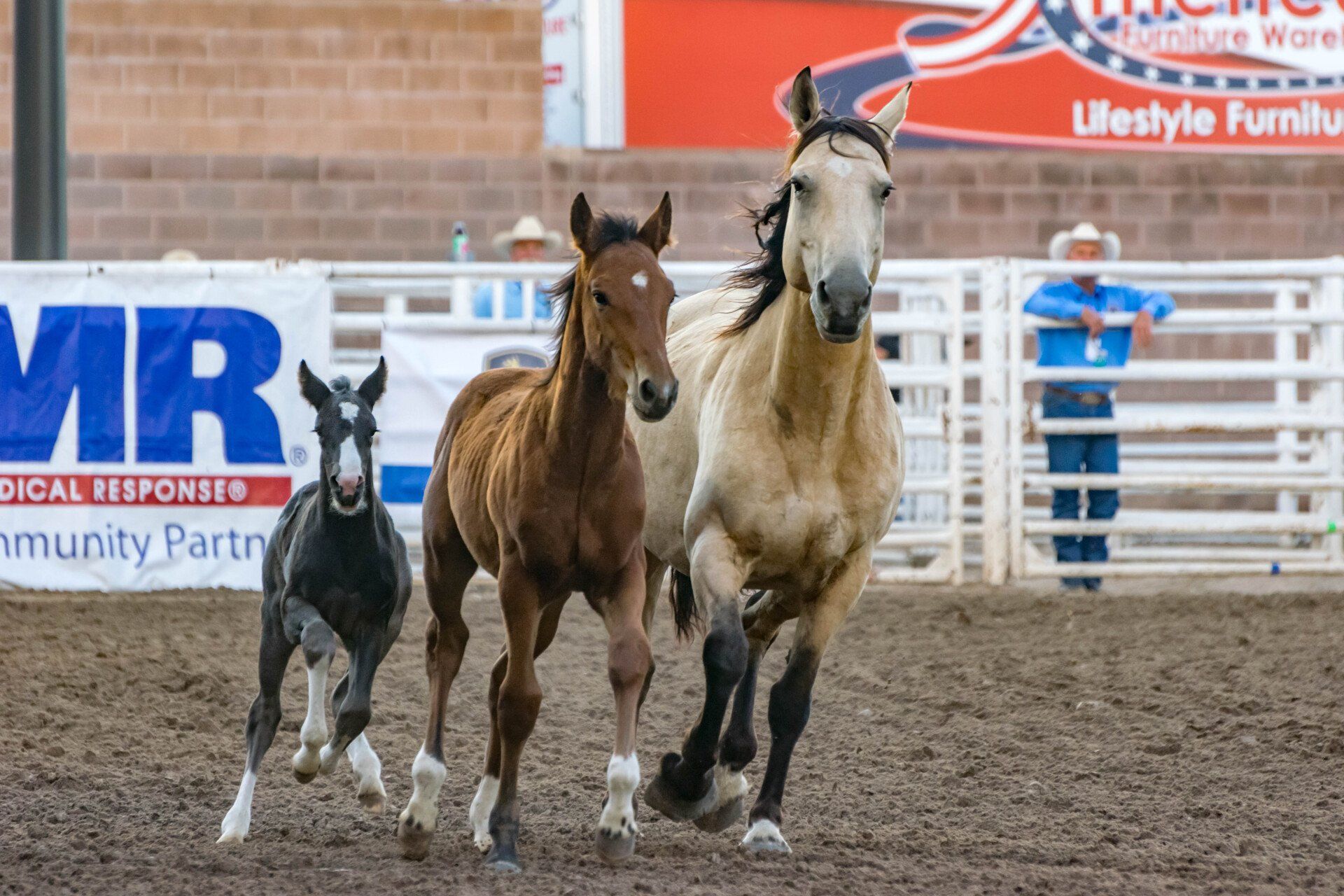Charlie Dye
Cowboys, Rodeo Scenes, and Western Life
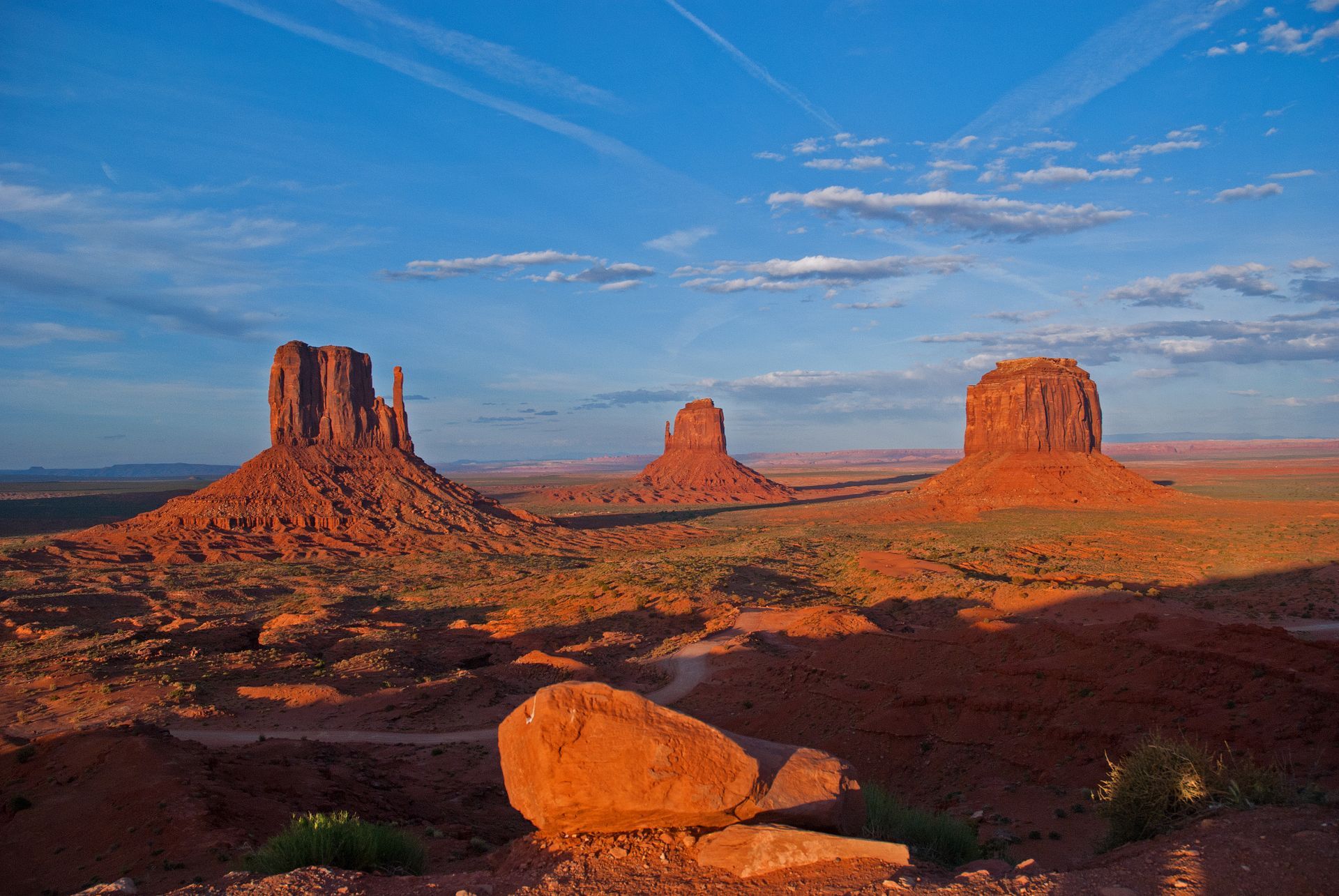
Charlie Dye, a masterful painter who lived from 1906 to 1972, left a lasting legacy with his detailed and accurate portrayals of cowboys, rodeo scenes, and Western life. His artworks captured the energy, skill, and drama of the cowboy world, establishing him as a respected figure in Western art. This article explores Charlie Dye's artistic prowess, his focus on cowboy and rodeo subjects, and his ability to convey the spirit and excitement of the Western way of life.
Detailed and Accurate Portrayals:
Charlie Dye's paintings were characterized by their exceptional level of detail and accuracy. His keen eye for observation allowed him to capture the nuances of the cowboy world with precision. From the intricate patterns on a cowboy's attire to the muscles and expressions of horses in motion, Dye's attention to detail brought his subjects to life on canvas. His dedication to accuracy ensured that his artworks resonated with authenticity, further enhancing the immersive experience for viewers.
Portrayal of Cowboys, Rodeo Scenes, and Western Life:
Dye's focus on cowboys, rodeo scenes, and Western life became a defining aspect of his artistic career. His paintings captured the essence of the cowboy culture, showcasing the skill, determination, and bravery of these iconic figures. Dye's ability to portray the excitement and drama of rodeo events, such as bull riding and roping, added a dynamic and thrilling element to his artworks. Through his brushwork, he conveyed the spirit and vitality of the Western way of life, allowing viewers to connect with the rich traditions and values associated with it.
Capturing the Energy and Spirit of the Cowboy World:
One of the remarkable qualities of Charlie Dye's art was his ability to capture the energy and spirit of the cowboy world. His paintings exuded a sense of motion, showcasing cowboys in action as they worked with horses, competed in rodeos, or engaged in everyday ranching activities. Dye's use of bold brushstrokes and vibrant colors added a sense of liveliness and dynamism to his artworks, conveying the raw energy and excitement that permeated the cowboy culture.
Legacy and Impact:
Charlie Dye's mastery as a painter and his ability to capture the essence of the cowboy world have left a lasting impact on Western art. His detailed and accurate portrayals of cowboys, rodeo scenes, and Western life continue to inspire and captivate art enthusiasts and Western culture aficionados. Dye's artworks serve as visual testaments to the skill, dedication, and passion that define the cowboy way of life. His contributions to Western art have further enriched the genre and preserved the spirit and heritage of the American West for future generations.
Charlie Dye, with his detailed and accurate portrayals of cowboys, rodeo scenes, and Western life, established himself as a masterful painter in the realm of Western art. His artworks captured the energy, skill, and drama of the cowboy world, allowing viewers to experience the vibrancy and spirit of the Western way of life. Dye's dedication to accuracy, his exceptional attention to detail, and his ability to convey motion and excitement set him apart as a respected figure in Western art. His paintings continue to celebrate the cowboy culture, preserving its legacy and reminding us of the enduring allure and significance of the American West.
